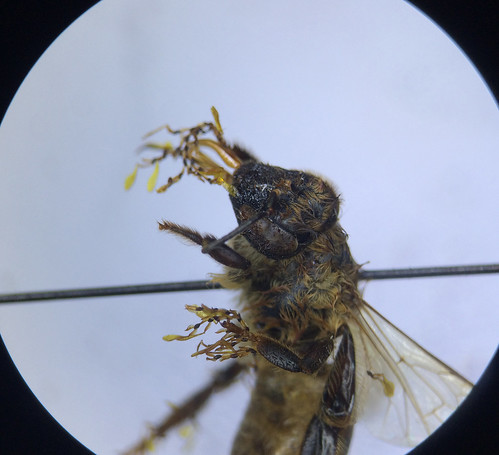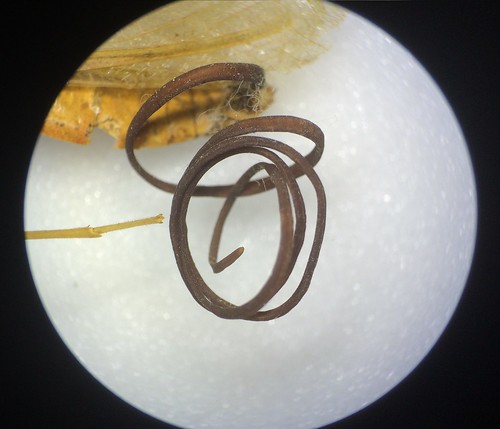This Saturday, September 10, Penn State University celebrates the annual Great Insect Fair at the Ag Arena from 10 a.m. to 4 p.m. Stop by and check out the Frost’s exhibit among the fair’s many other entomological activities and attractions. The museum’s theme for this year’s display is entomophagy, the human consumption of insects. Whet your arthropod appetite watching live insect feedings of ant lion larvae and praying mantises. Fuel your hunger learning about the edible entomons of Pennsylvania and the sustainability of biting into bugs. And satiate your cravings for creepy crawlies with our chitinous cuisine.








